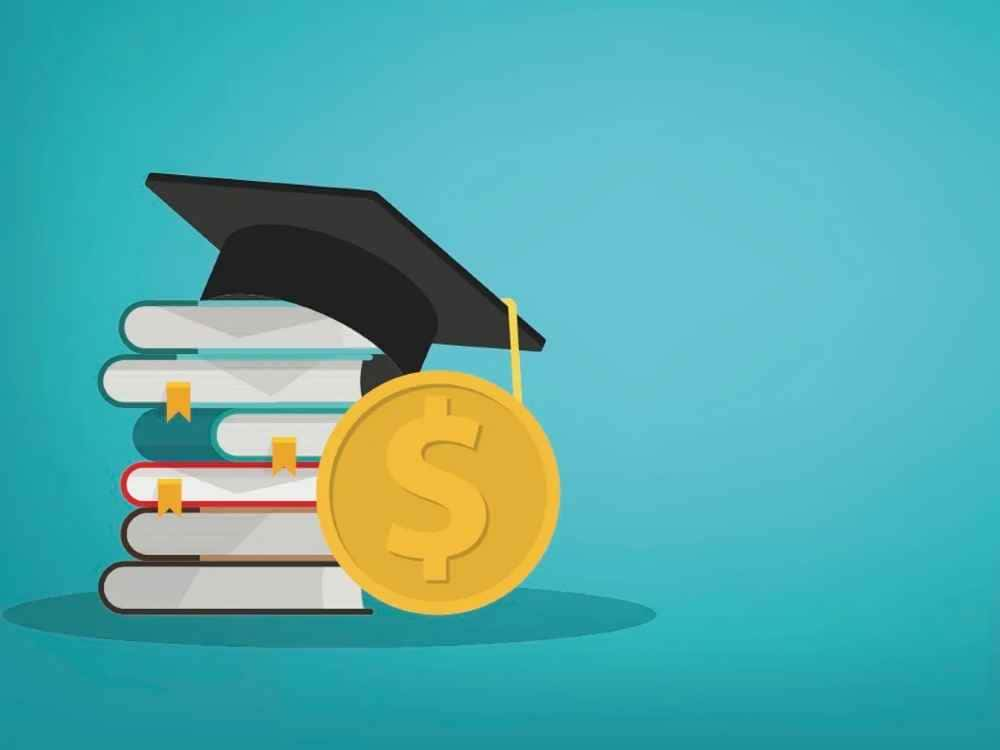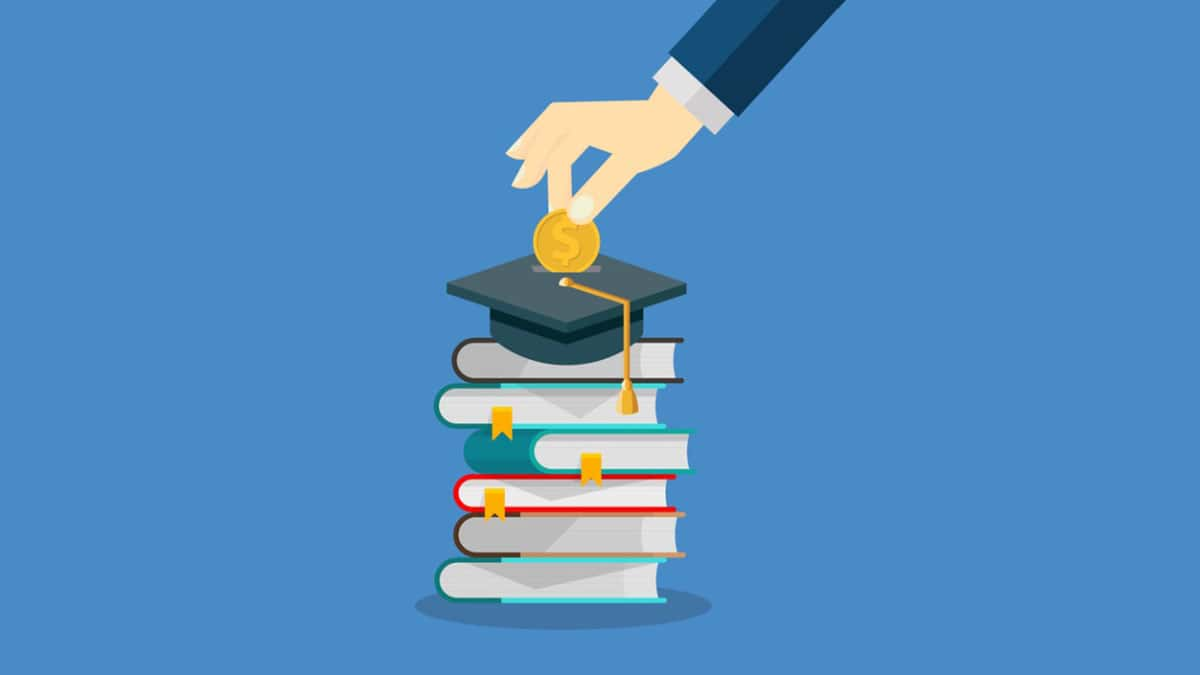Federal loans, known as Stafford Loans, cater to the cost of higher education.

As the pandemic-era pause on student debt payments and interest draws to a close, attention is drawn to the disparities between two types of debt: subsidized and unsubsidized loans
Direct Subsidized Loans, designed for undergraduate students with financial need, do not accumulate interest while borrowers are in school at least half-time or during a six-month grace period after leaving school. Additionally, interest does not accrue during deferment or economic hardship, as the U.S. Department of Education covers the interest in student debt payments. Conversely, Direct Unsubsidized Loans, available to a broader range of borrowers, including graduate students, do not benefit from interest coverage and begin accruing interest immediately, making them more costly than student debt payments.
Unpaid interest on unsubsidized loans may capitalize after a deferment, resulting in higher future student debt payments. Borrowers can have both subsidized and unsubsidized loans, each with different borrowing limits.
Education Department data shows that around 30.3 million borrowers held subsidized Stafford Loans with an average balance of $9,800, while approximately 30.7 million individuals carried unsubsidized loans with an average balance of about $19,000.
The payment pause and interest waiver, in effect since the pandemic’s onset in 2020, will conclude on September 1, resuming monthly student debt payments in October
The federal government incurred a monthly cost of about $5 billion due to the interest waiver. Financially strained borrowers may contemplate deferment or forbearance, but experts caution against these options, as interest typically accumulates during such periods, potentially worsening the student debt payments situation.
Instead, experts recommend pursuing an income-driven repayment plan that limits monthly student debt payments unless the financial difficulty is short-term in nature. The goal is to avoid deferment or forbearance unless absolutely necessary to prevent further financial strain.
READ ALSO: Beware Of Resurging Fake Student Loan Calls Targeting Borrowers As Repayment Deadlines Approach




